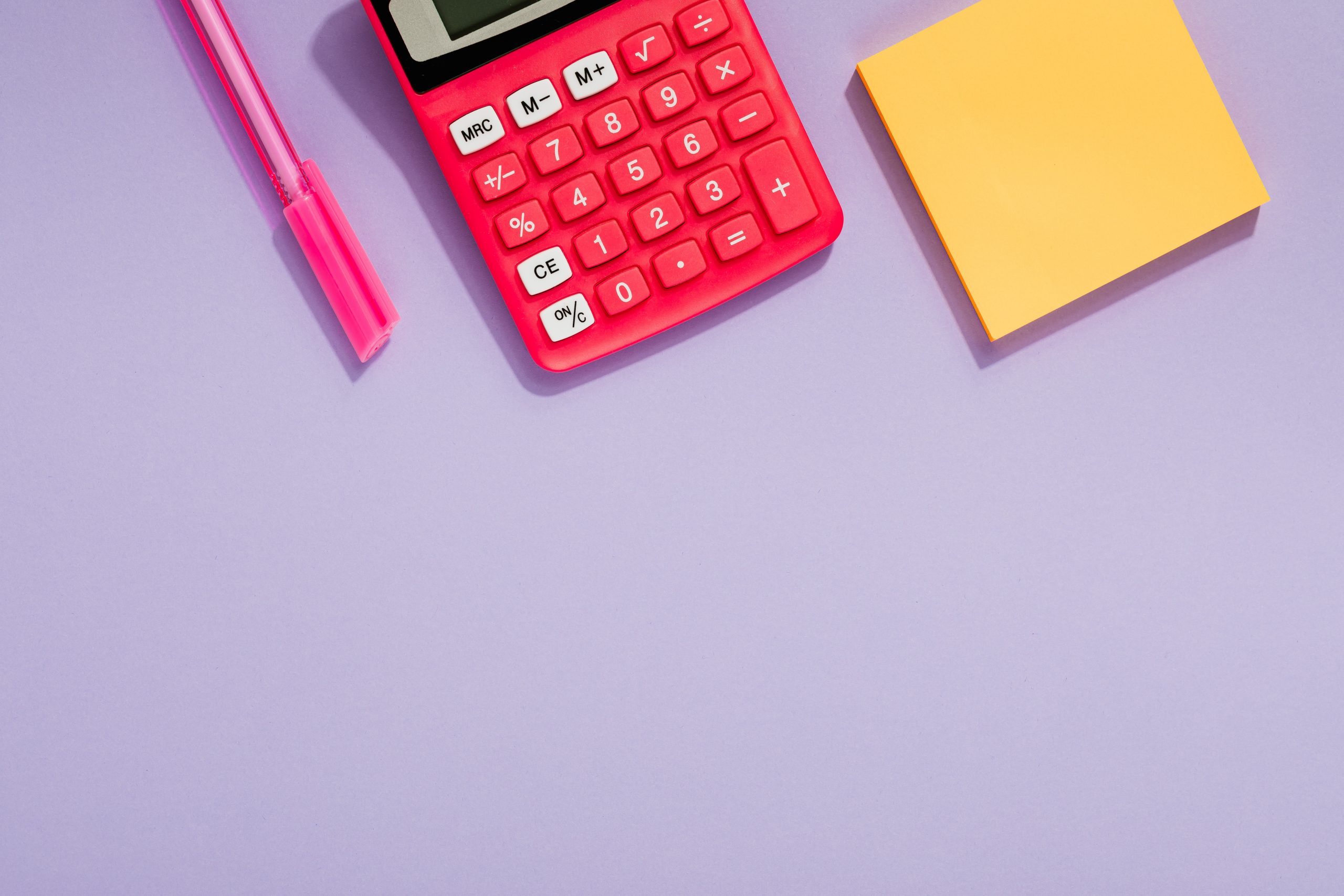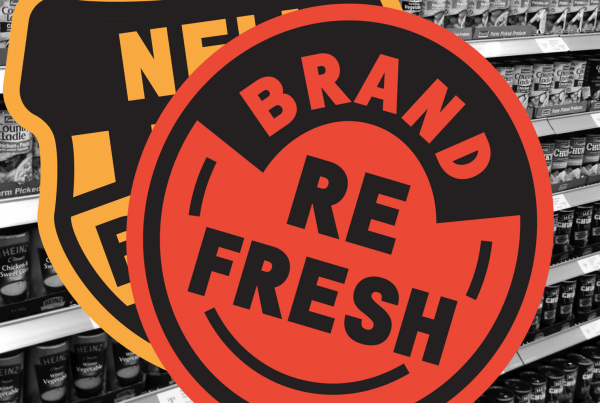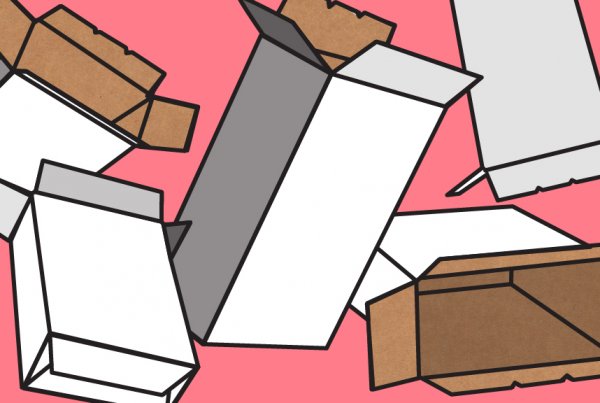Every business owner knows that investing in a new brand identity (or refreshing an existing one) is a big commitment.
Just look at the buzz around some recent, high-profile brands and rebrands – from Australia’s controversial new trade logo, to the Facebook refresh of late last year. If the first audience response is an emotional one (‘love it’, ‘hate it’), the second one is always a gasp around what it cost the client.
But what should a branding exercise actually cost? And what’s included for the different pricing structures you might expect? What are the essential components of a brand, and how can businesses build on their brand later if budget or time is an issue?
Branding in the big end of town
First things first – let’s consider what’s included. Ideally, a branding exercise should include a comprehensive package of works designed to ensure your business communicates a clear message on all fronts. That work starts with weeks of research, analysis, customer interviews and discussion. From the insights generated here, the branding agency can shape a memorable brand platform consisting of all strategic writing, customer journey map, tone of voice, logo, visual identity system and then dozens of collateral (physical and digital, internal and external, major and minor) the client needs.
(We’re quite obsessed with going deep to deliver a holistic brand for our clients, and you can understand our methods more by reading our brand audit series here).
Next, let’s talk costs. A multinational corporate branding or rebrand exercise is going to stack up in the millions, especially once you factor in the rollout of a complex and highly secure website, multiple vehicle fleets, staff uniforms, building signage and countless digital and physical brand touchpoints.
So, when the trolls sneer on social media on that “the government spent millions of taxpayer money on that logo,” they’re often neglecting to say the actual logo was a financial drop in that ocean of activity. Even a local council rebrand will cost hundreds of thousands, when you consider the amount of legacy signage that needs to change across an entire locale.
Branding for SMEs
Go deeper within the business landscape, and chances are you’re contemplating the rebrand for your small to medium-sized enterprise (from 20 – 200 employees). We love SMEs. They account for 35 per cent of Australia’s GDP and 45 per cent of Australian incomes, according to a 2019 report by the Australian Small and Family Business Ombudsman, and they’re growing in number. These are agile young businesses – regularly pivoting, growing, merging, demerging and launching initiatives, meaning their brands are often in the spotlight and they need to communicate new strategies.
We often get asked when is the best time for a business of this size to get its branding in place. Our answer is always the same – get the intangibles right first, then come and see us about the brand. That means have a compelling vision, values that inspire your people, a sensational product that meets real need, and customer service that fulfils (or exceeds) expectations every time. With these fundamentals in place, we can build a visual and verbal brand platform that communicates this to the outside world.
Most creative agencies bill using a time-and-resources based pricing model (rather than value-based), and the breakdown for a branding exercise looks roughly like this:
- Research and immersion – between five and 10 full days of work, involving various talents on the team (creative director, copywriter, strategist and designers of junior through to midweight seniority). The typical output here is a strategic document that captures, among other things, the high-level positioning statements your team will end up referring to repeatedly as they help to grow the business.
- Creative development – this takes another five to 10 full days of work, depending on the scale and complexity of your project. As client, you can expect to see several presentations during this phase: starting with the mood boards, progressing through several rounds of creative, and ending with your new logo and snapshot of the accompanying visual identity system.
- Asset creation – once your new logo and visual identity are signed off, the agency needs to develop all the materials that will feature your new brand. Allow another five days for a small consultancy needing little more than stationery, presentation decks, social media templates and the odd bit of signage.
- Asset production – production can make or break a creative concept. Imagine a stunning brochure printed on flimsy stock and poor colour reproduction, or a website full of broken links and slow-loading pages. Make sure your agency has the capacity to advise on the best possible production.
- Asset handover, documentation and follow-up – typically, the client owns all brand assets created and should receive an orderly pack of folders containing all logos, typography and other assets. At The Offices, we also deliver clients a large file showing all their assets at a glance, and we check in to see if anything needs to be amended.
You’ll notice we didn’t tally any final costs yet. Will you pay $15,000, $50,000 or $500,000 for all this work? It all depends enormously on who you’re working with, what the work entails, and what time pressures or other constraints apply. A hint, though, is to take your own day rate (or that of your lawyer or accountant), and multiply by the days quoted.
And the justification? Calculate the value of sales you could generate in the first one to three years following the brand launch (or relaunch), and you’ll be able to put this into perspective.
Controlling the costs of your branding exercise
A couple of things can blow out your branding budget. Here are our top observations.
- Key people not consulted in time – heard the one about the major sports organisation that had to axe hundreds of thousands of dollars’ worth of creative just before it was supposed to launch? That happened because their sponsor was not made aware any rebrand would take place during their sponsorship contract. True story, and it’s a cost you probably won’t want to wear. Involve decision-makers right from the beginning to avoid an expensive redesign.
- Due diligence not completed – or perhaps you’ve heard about a business that invested heavily in a new brand, only to find out that the trademark was not available in a valuable overseas market? Or the new brand logo that resembled a swastika when viewed in a certain way – making them open to litigation, unless they redid the work completely.
- Brand strategy not in place – if you’re able to write your own plausible, compelling brand strategy as a team, you can save on the costs of engaging your creative agency to do this for you. Otherwise, expect to pay another chunk of investment.
- Brand strategy changes midway through – while several rounds of amends are accepted practice in any creative project, that doesn’t apply if the business changes its strategic objectives midway through the project.
A side note on microbusiness branding budgets
Some big businesses start small, and their branding has to be budgeted accordingly. If you’re a microbusiness with a tiny budget (as in $1,000 – $5,000 tiny), then you should read up about branding essentials, look up some design websites to see what you like, and put together a simple brief with a strict budget.
And do aim for simplicity. Unless you’re in skilled, experienced (and thereby pricier) hands, you’ll run the risk of a predictable or uninspiring result. Partner with a local freelancer who is in a similar growth stage as your business, and you’ll then be able to co-design more valuable enhancements as the business grows bigger. There’s nothing more jarring than a brand that makes ad-hoc additions to its collection of brand assets each year, all of them by different designers who missed the brief on what properties should be unshakeably consistent each time.



